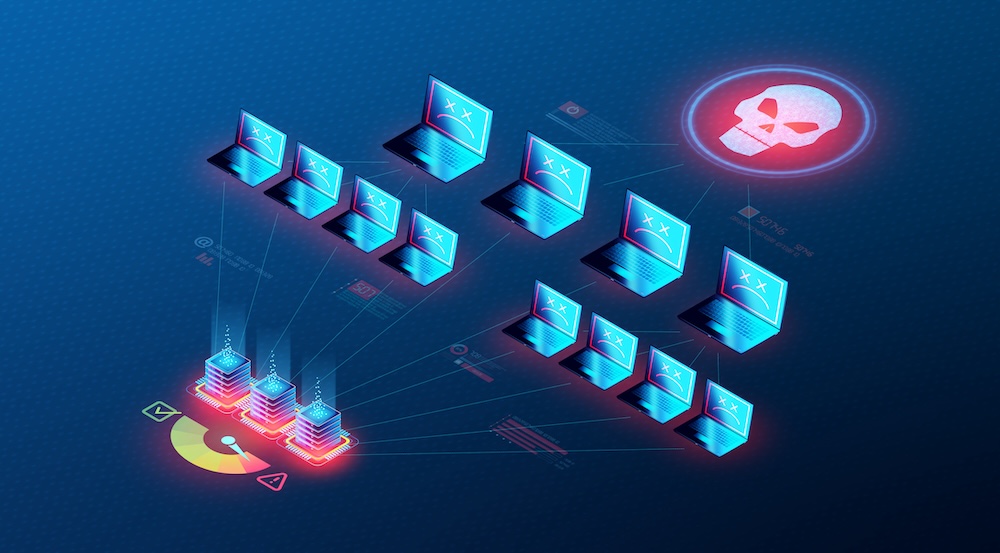NSA Warns of Rising Cyber Threats from Fast Flux Techniques
The National Security Agency (NSA) has issued a grave warning regarding a sophisticated technique employed by malicious actors, including nation-states and ransomware groups. This method, known as fast flux, poses significant risks to critical infrastructure and national security, enabling cybercriminals to effectively hide their activities from detection. As cyber threats continue to evolve, understanding and addressing such tactics becomes increasingly vital.
Understanding Fast Flux
Fast flux is a technique that allows decentralized networks, often referred to as botnets, to obscure their operational structure. By rapidly cycling through various IP addresses and domain names, these networks can evade law enforcement and cybersecurity efforts aimed at disrupting their activities. The dynamic nature of fast flux can see changes occur as frequently as every hour or every few days, significantly complicating efforts to trace the origin of malicious operations.
This constant change not only aids in evasion but also enhances resiliency. As soon as cybersecurity defenders block one address or domain, the attackers can quickly switch to new ones. According to the NSA and other agencies, including the FBI and counterparts from Canada, Australia, and New Zealand, this method represents a "significant threat to national security", allowing malicious actors to consistently elude detection and maintain their operational capabilities.
Mechanisms Behind Fast Flux
The effectiveness of fast flux is largely attributed to the use of Wildcard DNS records. These records create specific zones within the Domain Name System (DNS) that link domain names to IP addresses. By employing wildcards, attackers can manipulate DNS lookups to create subdomains that do not actually exist in a conventional sense, enabling the assignment of malicious IPs to seemingly legitimate domains. For instance, the record could tie an IP to a fictitious subdomain like malicious.example.com, providing a façade of legitimacy while facilitating nefarious activities.
This manipulation not only obfuscates the locations of malicious servers but also creates highly available command and control (C2) infrastructure. By effectively masking their operations, cybercriminals can enact various attacks, from data theft to the deployment of ransomware, with a lower risk of interruption.
Implications for National Security
The implications of fast flux techniques are far-reaching. The NSA and its allied agencies emphasize the need for heightened awareness and coordinated efforts to combat this evolving threat. Cybersecurity experts warn that the resilience afforded by fast flux can hinder investigation and response efforts, as traditional methods of tracking and mitigating cyber-attacks become less effective.
Moreover, the increasing sophistication of cyber threats can have cascading effects on critical infrastructure, potentially disrupting essential services and compromising national security. As adversaries adapt their techniques, governments and private sector entities must remain vigilant, investing in advanced cybersecurity measures and fostering collaboration to enhance defensive capabilities.
Conclusion: Addressing the Challenge
The warning from the NSA regarding fast flux techniques highlights a pressing challenge within the realm of cybersecurity. As cyber threats continue to proliferate, both state and non-state actors are leveraging advanced techniques to evade detection and prolong their malicious activity. The use of fast flux complicates existing response strategies, necessitating enhanced understanding and innovative solutions to preemptively address such threats.
In this evolving landscape, it is crucial that cybersecurity measures keep pace with the tactics employed by adversaries. As agencies work to bolster defenses, the focus on fast flux and similar methods will be essential in safeguarding national security and ensuring the resilience of critical infrastructure. The global cybersecurity community must unite to share intelligence and develop strategies that can effectively counter these increasingly sophisticated threats.









